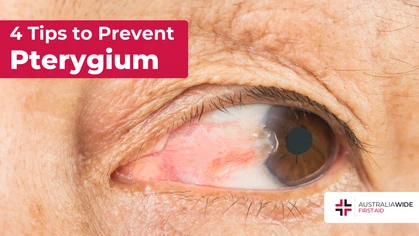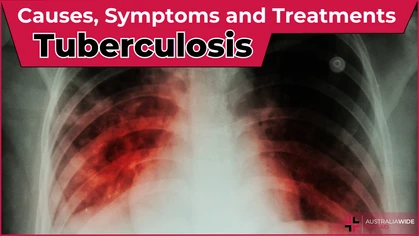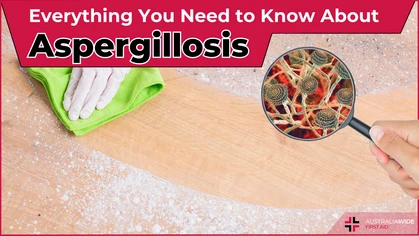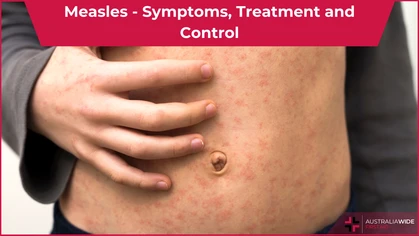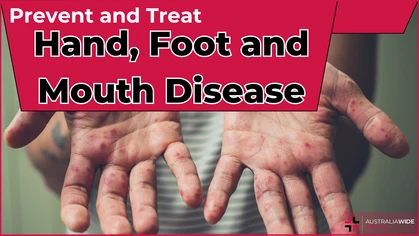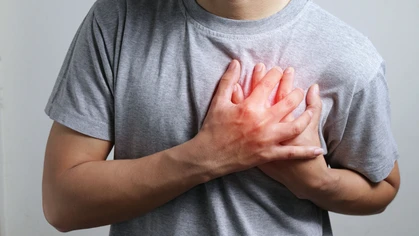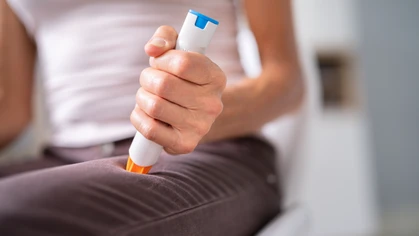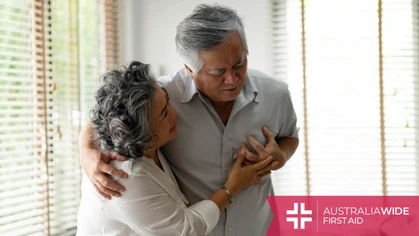Melioidosis: A Killer Often Undiagnosed

Disease
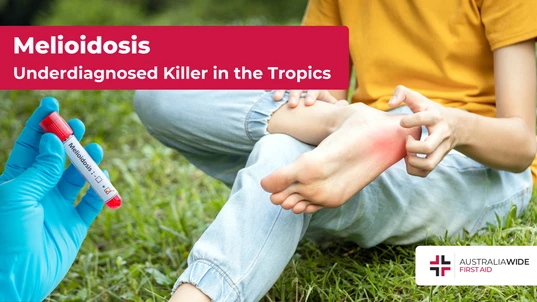 Melioidosis is a bacterial infection caused by Burkholderia pseudomallei, a microorganism found in soil and water. Particularly prevalent in tropical areas, it is a known health concern in parts of northern Australia, especially in Queensland, the Northern Territory, and Western Australia.
This potentially fatal infection is often underdiagnosed due to symptoms mimicking many other illnesses. As such, awareness is critical for those living or working in affected regions.
Melioidosis is a bacterial infection caused by Burkholderia pseudomallei, a microorganism found in soil and water. Particularly prevalent in tropical areas, it is a known health concern in parts of northern Australia, especially in Queensland, the Northern Territory, and Western Australia.
This potentially fatal infection is often underdiagnosed due to symptoms mimicking many other illnesses. As such, awareness is critical for those living or working in affected regions.
What is Melioidosis?
Melioidosis is an environmental disease, opportunistically infecting humans. The melioidosis bacteria can survive for long periods in soil and stagnant water, which makes it more likely to spread during the wet season when rain can bring the bacteria to the surface. People who frequently come into contact with soil or water—such as farmers, gardeners, and construction workers—are at higher risk. Most cases resulting from direct contact with contaminated soil or water. The bacteria enter the body through cuts and scrapes in the skin, inhalation, or, less commonly, ingestion. Melioidosis can manifest in a range of ways, from asymptomatic infections to severe and potentially fatal illnesses, especially for those with weakened immune systems or chronic conditions. Clinical testing is required for an accurate diagnosis, and if a result returns positive, it is a reportable disease. This means that your health care professional must report your infection, as melioidosis cases are tracked to identify disease clusters so that appropriate public health action can be taken. Melioidosis infections can be fatal. In Queensland alone, from January 1 to February 17 2025, there have been 69 recorded cases, with 7 deaths. In the Northern Territory, 28 cases have been notified since the beginning of the 'melioidosis season' in October 2024.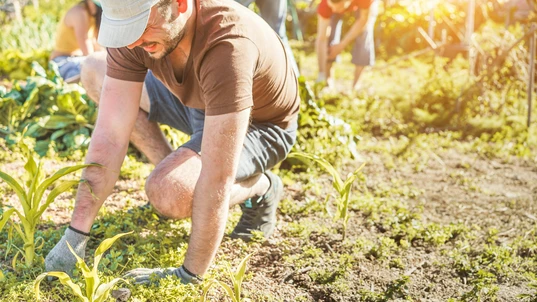
The bacteria responsible lives in soil and stagnant waters.
Signs and Symptoms of Melioidosis
Melioidosis symptoms are diverse and often mimic other diseases, making it difficult to diagnose based on symptoms alone. The disease can present as a localized infection, a lung infection, or even a life-threatening bloodstream infection. Common signs and symptoms can include:
- Localized Skin Infections
- Swelling, redness, and ulceration around a wound
- Abscess formation
- Pulmonary (Lung) Infection
- Cough, often with mucus or phlegm
- Chest pain
- Fever
- Difficulty breathing
- Septicaemia (Blood Infection)
- High fever and chills
- Abdominal discomfort
- Confusion or dizziness
- Muscle or joint pain
- Disseminated Infection
- Abscesses in multiple organs (liver, spleen, lungs)
- Weight loss and fatigue
- Muscle aches and joint pain
First Aid for Exposure and Illness
- Immediately Clean Wounds
- If there’s any open wound that may have come into contact with contaminated soil or water, clean it immediately with clean water and soap.
- Apply antiseptic if available to reduce bacterial presence. Cover the wound with a clean, waterproof bandage.
- Hand and Skin Hygiene
- Wash hands thoroughly with soap and clean water after handling soil or water in affected areas, particularly before eating or drinking.
- Seek Medical Attention Promptly
- If you develop any symptoms, especially fever, cough, or abscess formation, within a few weeks of potential exposure, seek medical attention promptly.
- Inform healthcare providers about any recent travel or activities in known areas for melioidosis to aid in quicker diagnosis and treatment.
- Monitor for Symptoms
- Melioidosis can develop over time, so remain vigilant for symptoms for several weeks following exposure, particularly if you are immunocompromised or have a chronic illness.
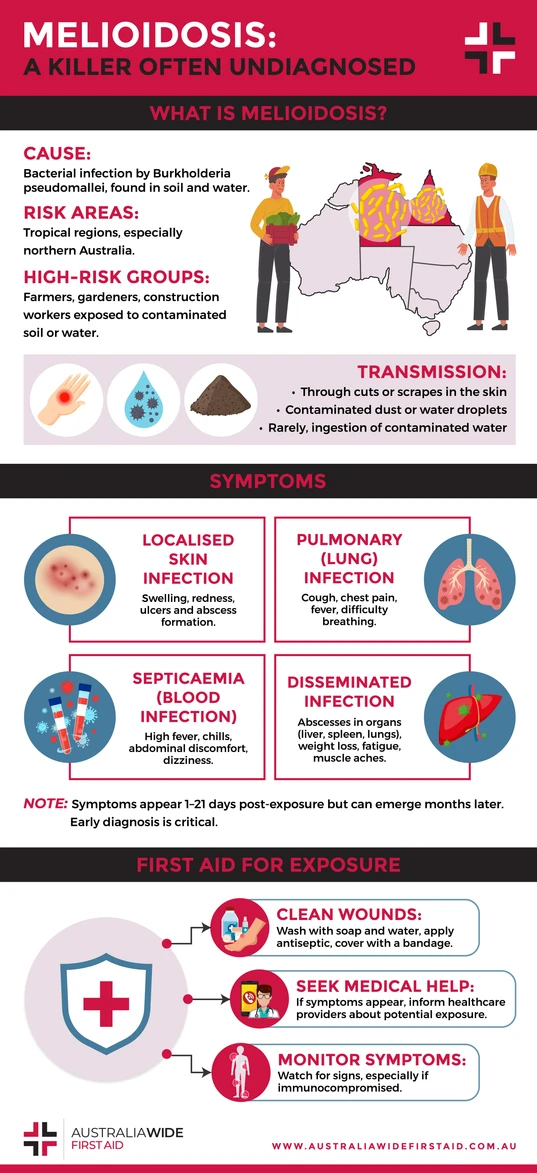
Treatment Options
Treatment of melioidosis requires antibiotics and can be complex due to the organism's resilience and its ability to survive within host cells. Treatment generally involves two phases:- Intensive Therapy (10–14 days)
- This phase uses intravenous antibiotics, usually a combination of ceftazidime or meropenem, which target the bacteria effectively.
- During this period, patients are often hospitalized to monitor the infection and response to treatment.
- Eradication Therapy (3–6 months)
- Following initial treatment, a prolonged course of oral antibiotics, typically trimethoprim-sulfamethoxazole or doxycycline, is required to prevent recurrence.
- Adherence to this phase is crucial for complete eradication and to avoid relapses.
Prevention and Risk Reduction
In areas with melioidosis, certain precautions can reduce the risk of infection:- Avoid direct contact with soil or standing water, especially after heavy rainfall.
- Wear protective gear (e.g., gloves, boots) when working in soil or stagnant water.
- Practice good wound care, promptly cleaning and covering any open wounds.
- Limit outdoor exposure for individuals with chronic health conditions or weakened immune systems during the wet season.
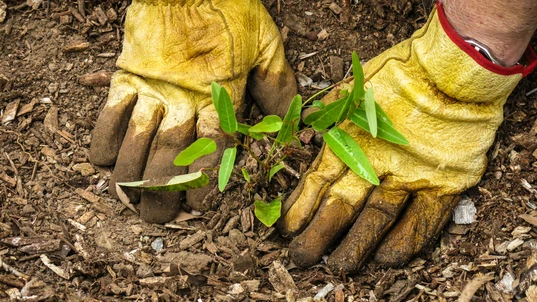
Wearing gloves and enclosed shoes while gardening is a must.
Conclusion
Melioidosis is a serious disease, particularly in tropical parts of Australia, that requires timely and accurate diagnosis for effective treatment. By recognising the symptoms, practicing first aid for exposure, and seeking medical help early, the risk of severe illness can be minimised. Awareness and preventive measures are the best lines of defence, especially for individuals in high-risk regions.First Aid Training Saves Lives
Living in Darwin comes with unique challenges that make first aid training an essential skill. With its remote location and vast outdoor landscapes, medical help isn’t always close by, meaning knowing how to respond to an emergency can make a real difference. Whether it’s a heat-related illness, a workplace accident, or a wildlife encounter, first aid skills empower individuals to act quickly and effectively. For those who love fishing, hiking, or camping, being prepared for bites, stings, or injuries ensures a safer experience in the great outdoors. With that in mind, getting a First Aid Certificate in Darwin is a necessity, not just a good idea.
Originally published at
https://www.australiawidefirstaid.com.au/resources/melioidosis
as part of the Australia Wide First Aid Articles Library
